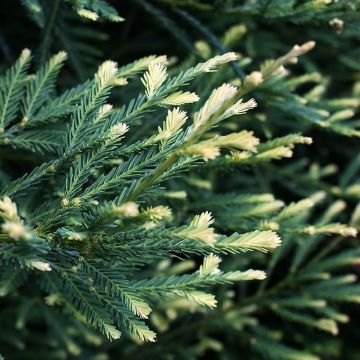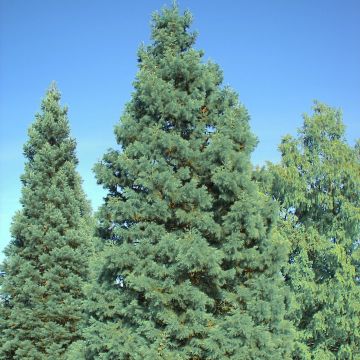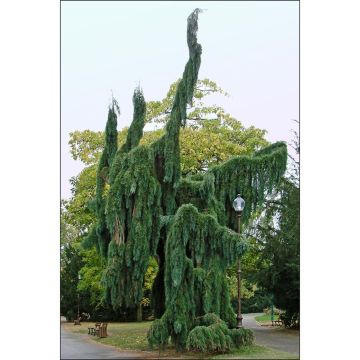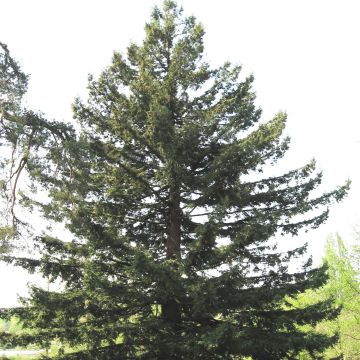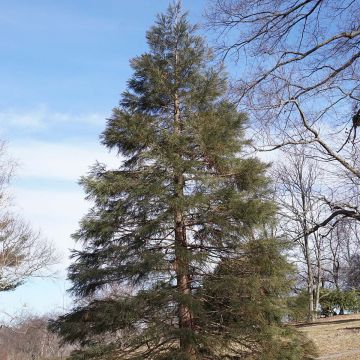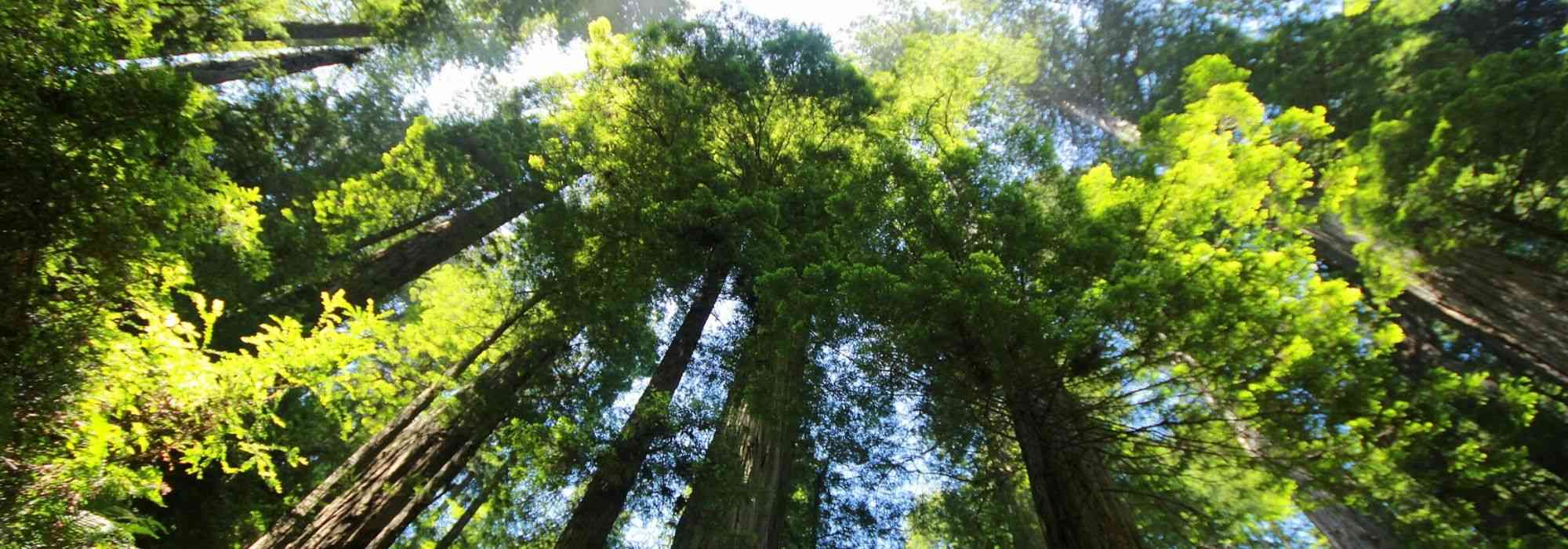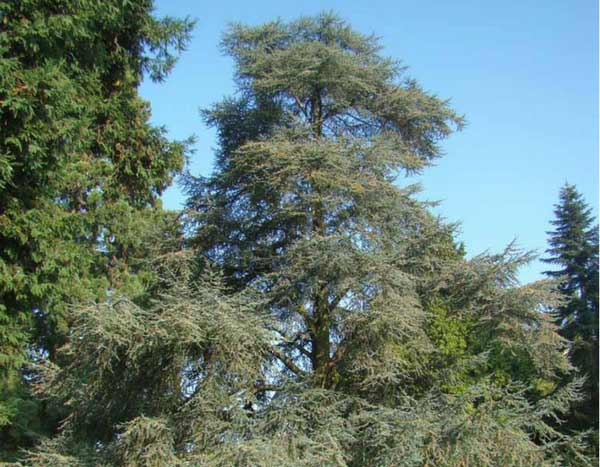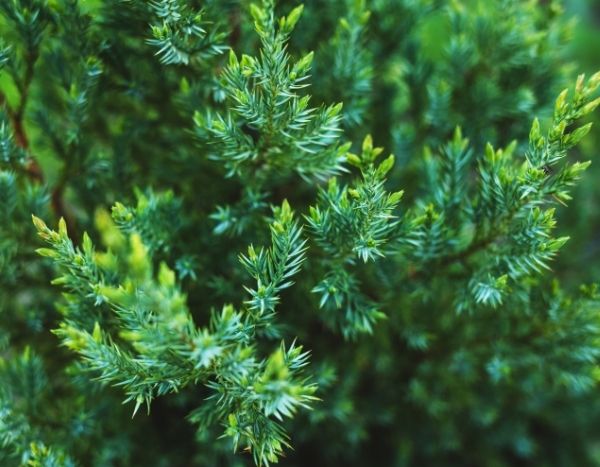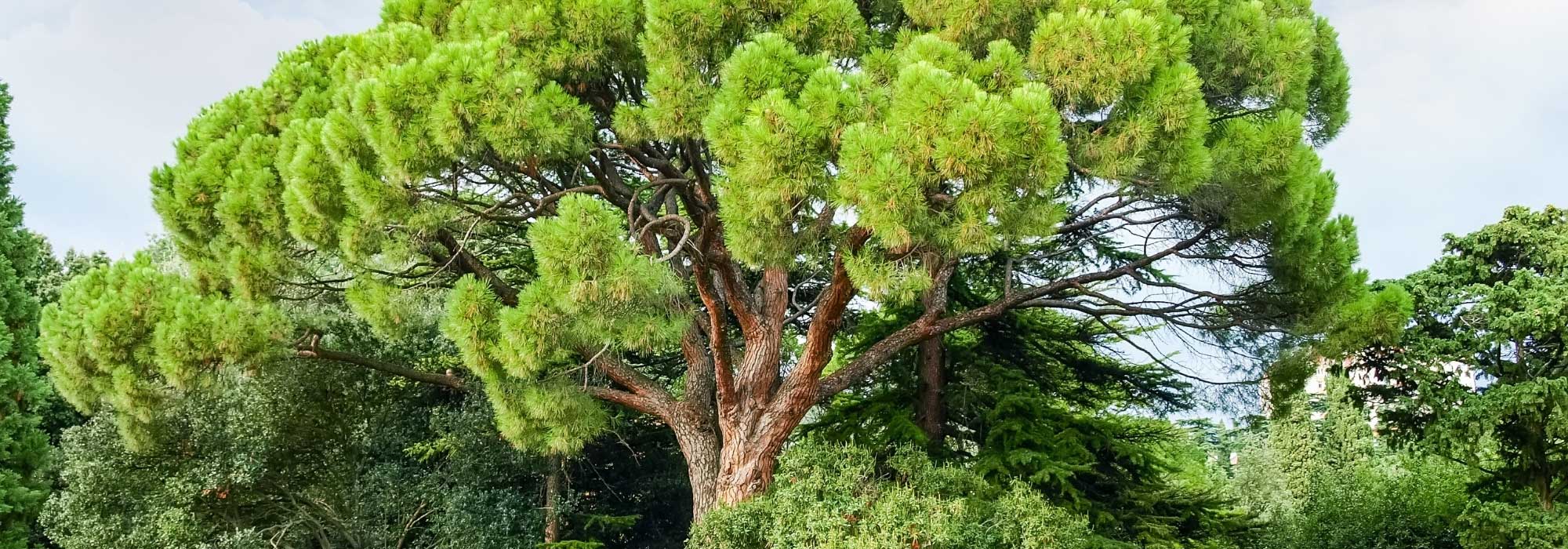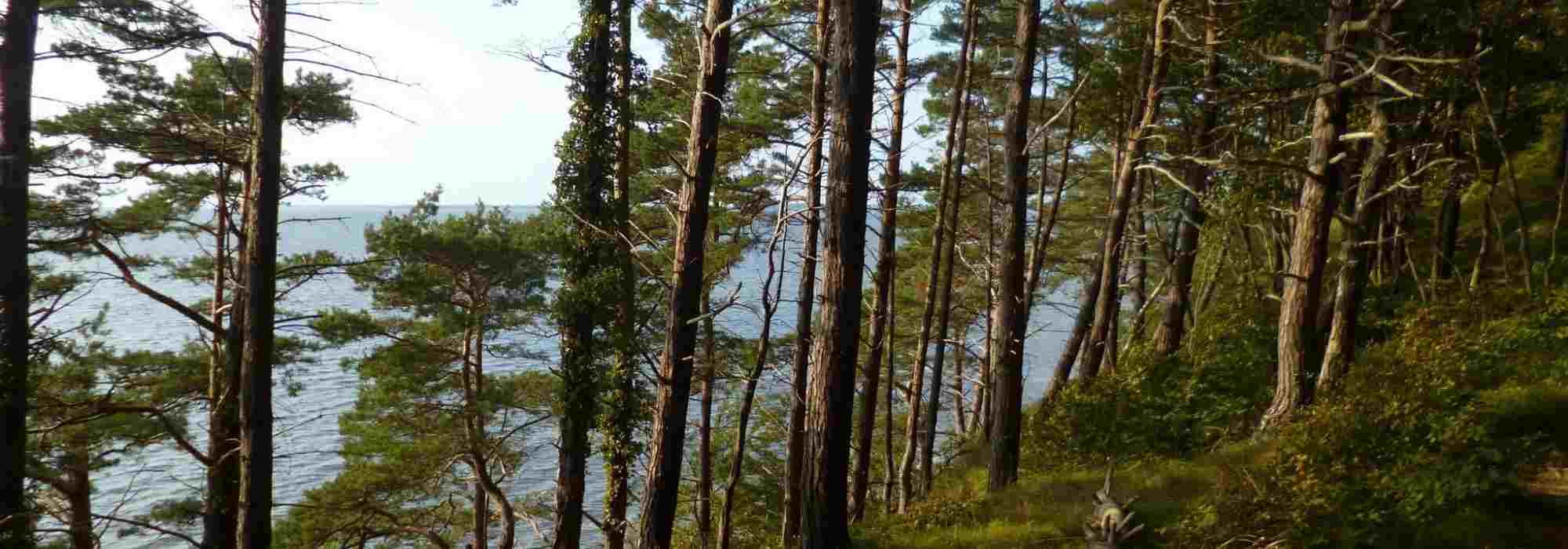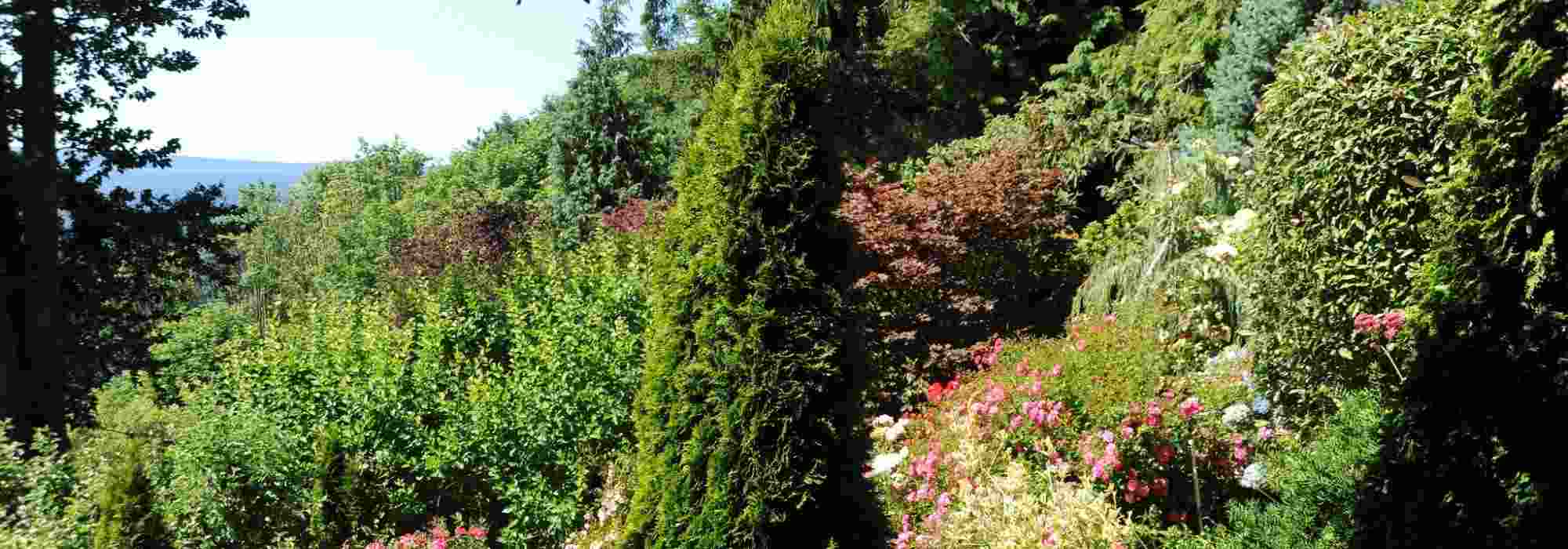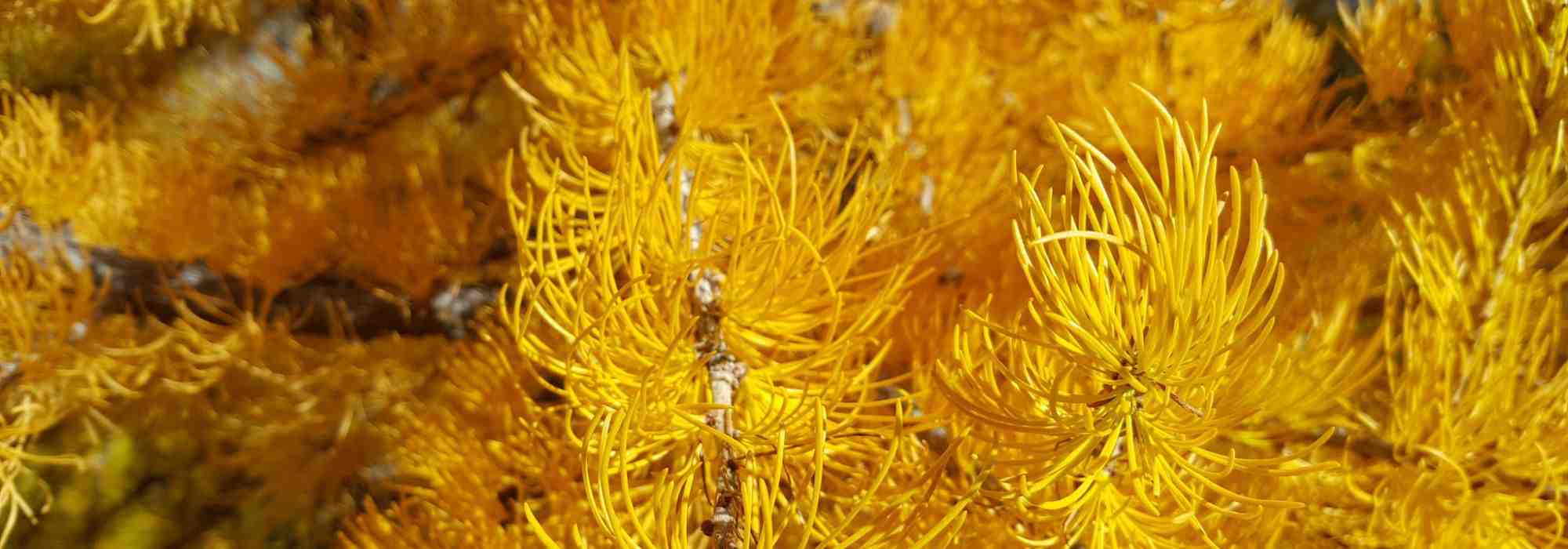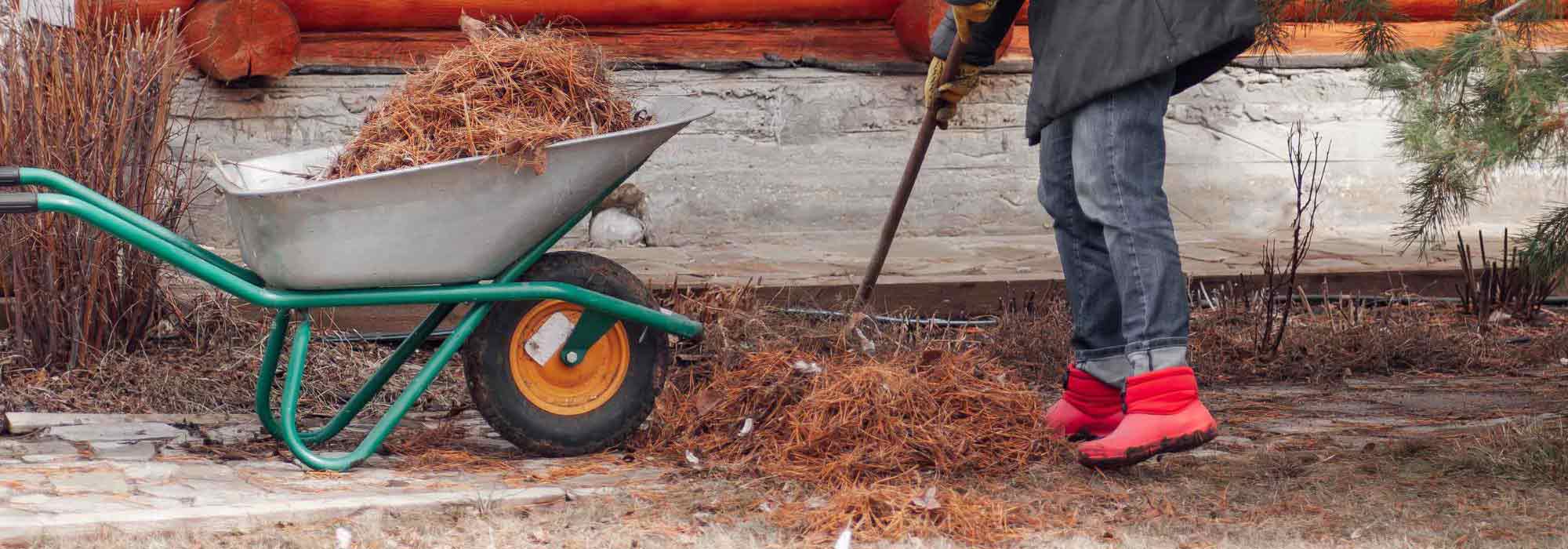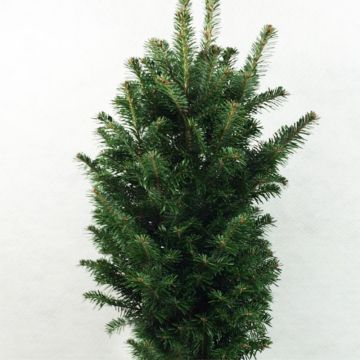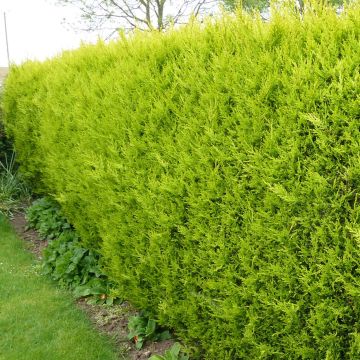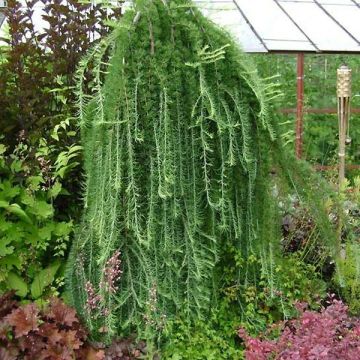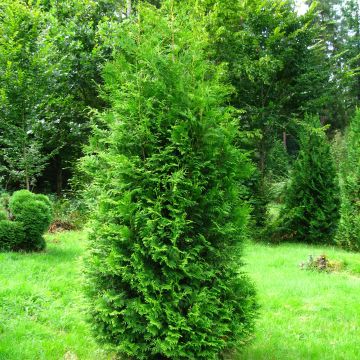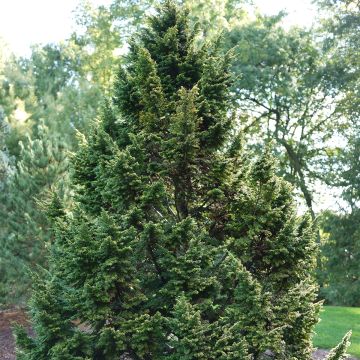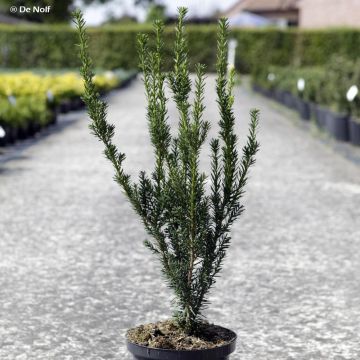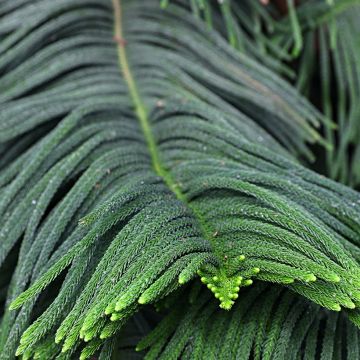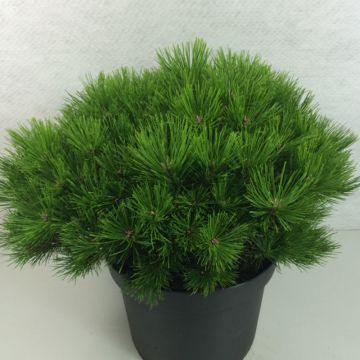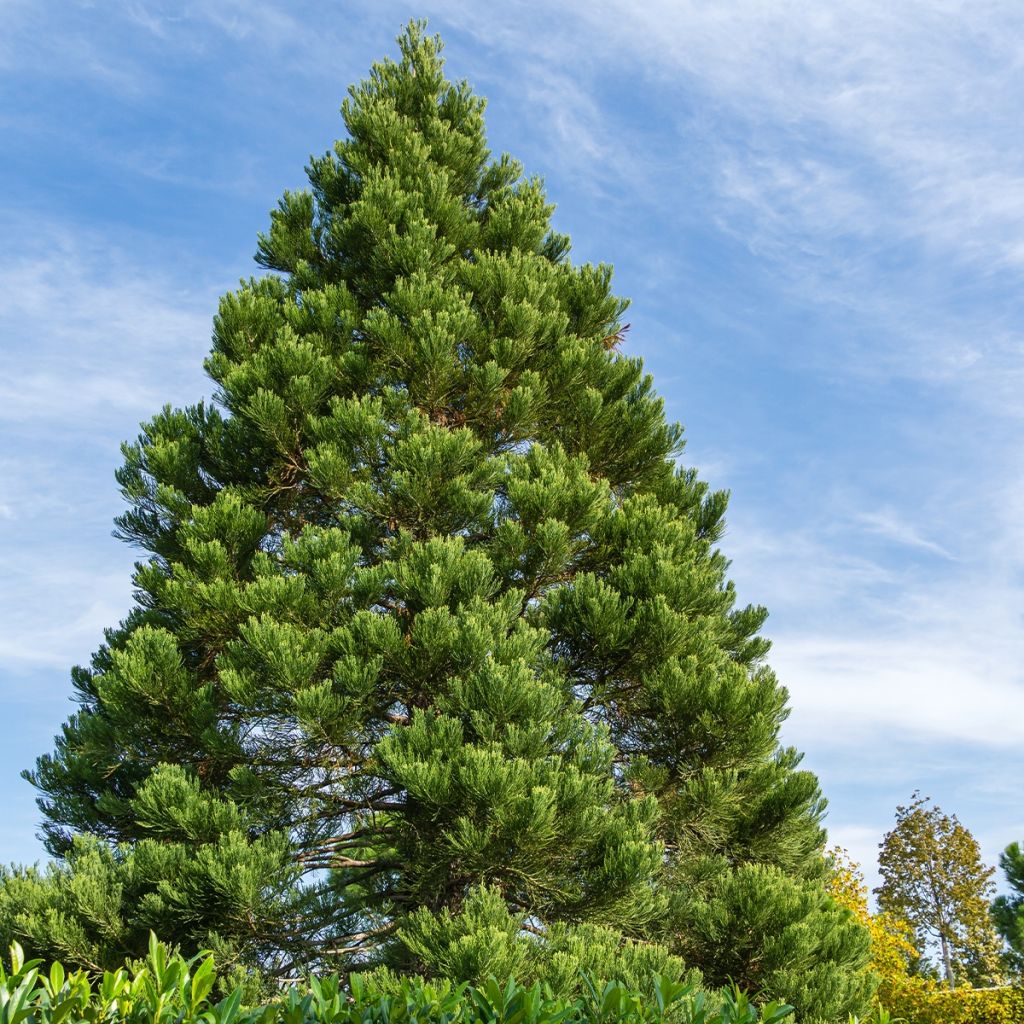

Sequoiadendron giganteum Greenpeace
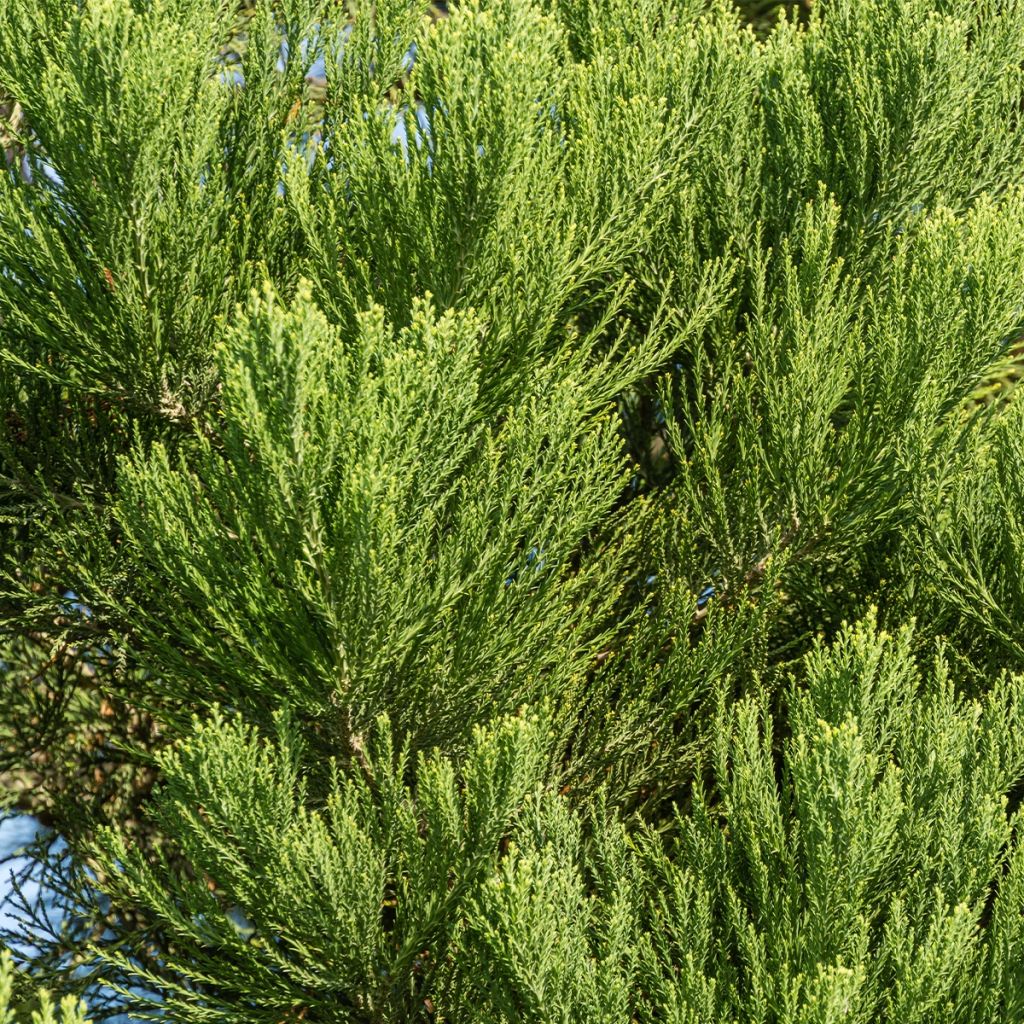

Sequoiadendron giganteum Greenpeace
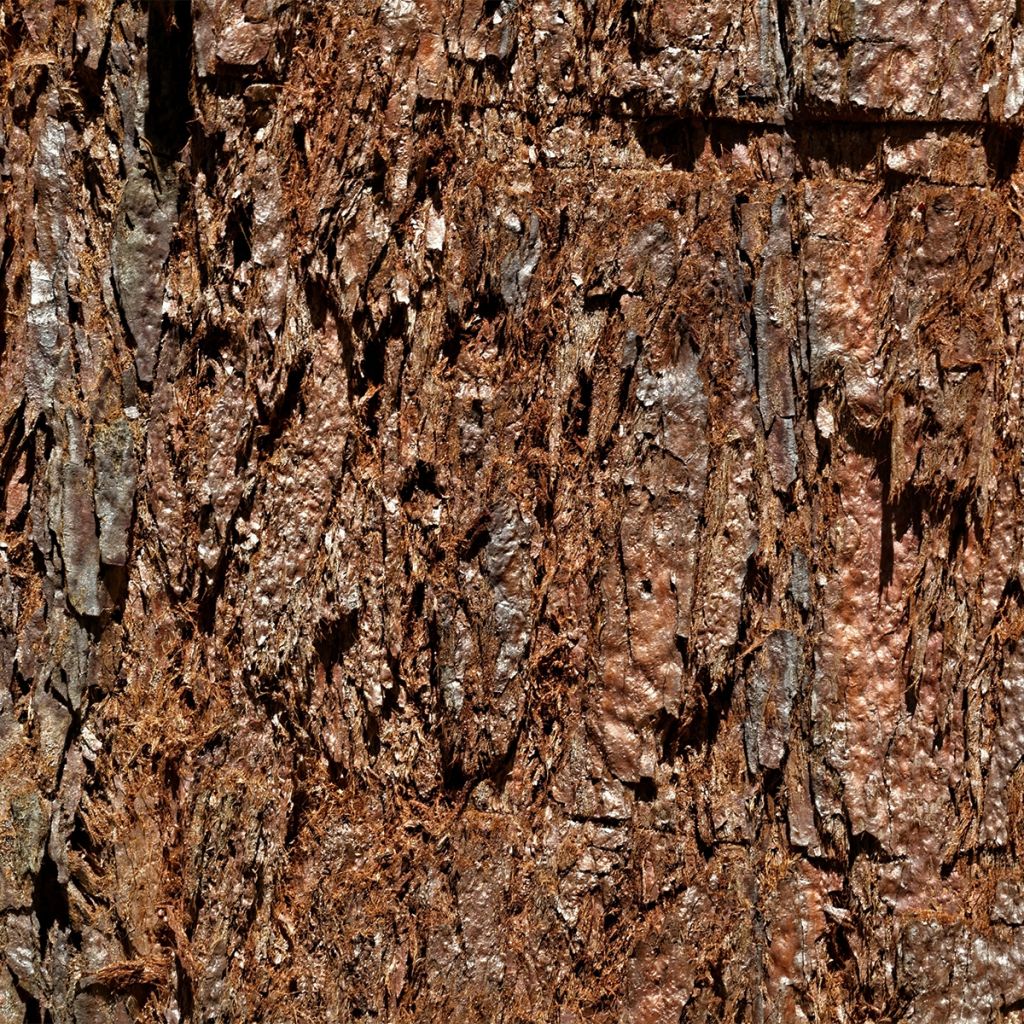

Sequoiadendron giganteum Greenpeace
Sequoiadendron giganteum Greenpeace
Sequoiadendron giganteum Greenpeace
Giant Sequoia, Giant Redwood, Sierra Redwood, Wellingtonia
Special offer!
Receive a €20 voucher for any order over €90 (excluding delivery costs, credit notes, and plastic-free options)!
1- Add your favorite plants to your cart.
2- Once you have reached €90, confirm your order (you can even choose the delivery date!).
3- As soon as your order is shipped, you will receive an email containing your voucher code, valid for 3 months (90 days).
Your voucher is unique and can only be used once, for any order with a minimum value of €20, excluding delivery costs.
Can be combined with other current offers, non-divisible and non-refundable.
Why not try an alternative variety in stock?
View all →This plant carries a 24 months recovery warranty
More information
We guarantee the quality of our plants for a full growing cycle, and will replace at our expense any plant that fails to recover under normal climatic and planting conditions.
Does this plant fit my garden?
Set up your Plantfit profile →
Description
The Sequoiadendron giganteum 'Greenpeace' differs from the botanical species due to its less significant growth. This relatively compactness makes it suitable for gardens large enough to allow it to be planted in isolation without hindering its development. Its foliage is also lighter than that of the species, but its other characteristics are comparable, including its distinctly pyramidal habit and its beautiful reddish-brown bark. It adapts to most soils, grows in full sun or partial shade in warm climates. While it appreciates some soil moisture, this tree tolerates moderate drought once well-rooted.
The Sequoiadendron giganteum is a conifer from the small family of Taxodiaceae (now integrated into the Cupressaceae family), alongside other genera of ornamental interest, such as Cryptomeria, Sciadopitys, Taxodium, or Cunninghamia with their unique foliage. Its common name of Giant Sequoia can be confusing with the Sequoia sempervirens, from the same botanical family but quite different. Apart from the fact that the latter surpasses it in height (although they are rarely compared side by side!), its foliage is spread out like that of the Yew, while that of the Sequoiadendron consists of small imbricate needles. The Sequoiadendron is native to North America, specifically the moist slopes of the Sierra Nevada mountains in California. Fossils attest to its presence in Europe before the major glaciers of the Quaternary. In natural conditions, it will reach a height of 50 to 85 m (164 to 279ft) with a spread of 8 to 10 m (26 to 33ft) and develop a massive pyramidal habit. This species shows relatively rapid growth and appreciates cool and moist climates, with hot summers and snowy winters that offer excellent protection to the roots and young plants.
The 'Greenpeace' variety is mainly distinguished from the wild species by its more limited growth and its foliage of a lighter green, which is decorative all year round (it does not change colour in winter). After 10 years of planting, it will reach a height of 3 to 5 m, with a rather narrow habit, but at maturity, it can reach a height of 20 m (66ft), widening from the base to take on a characteristic pyramidal habit with a spread of 7 m. Its main branches are slightly trailing, erect at their tips, covered with narrow and triangular, pointed needles, measuring 1 to 1.2 cm (1in) long, resembling those of Cypress trees. On young branches, they measure between 0.3 and 0.6 cm (1in). This plant is monoecious, meaning that there are male and female parts. When the female cones are pollinated, they take on an ovoid shape, a reddish-brown colour, and an upright posture. They mature in two years. Its trunk is a colossal pillar that takes on a fascinating appearance over time. The bark of this sequoia is remarkable, both for its reddish colour, its resistance to fire and fungal attacks, and the deep decorative blisters and crevices that form with age.
This Sequoiadendron giganteum 'Greenpeace' will be planted in a sufficiently large garden to accommodate it. Its juvenile dimensions should not be misleading, it is a tall tree that requires space to develop properly. It should be mainly be planted as a standalone tree on a lawn, and after the first few years when watering may be necessary, it will require no maintenance or pruning. With its architectural habit and massive trunk over time, it will be well-suited to a contemporary garden where shapes and volumes take precedence over blooms or foliage. In a sufficiently large garden, it can create a beautiful scene alongside trees such as the Robinia pseudoacacia Frisia with its beautiful golden foliage that contrasts well with the Sequoiadendron's, or the Gleditsia triacanthos Sunburst with its fine, changing foliage, also golden in spring, then light green and yellow-orange in autumn. And to ignite autumn, an Acer rubrum Armstrong or Red Maple, depicting its autumnal livery, or a Liquidambar styraciflua Palo Alto, with its pyramidal silhouette and stylised leaves that will complement the architectural nature of our Sequoiadendron, while the scarlet green foliage of this Sweetgum will create a magnificent scene in the fine light green branches of the conifer.
Sequoiadendron giganteum Greenpeace in pictures
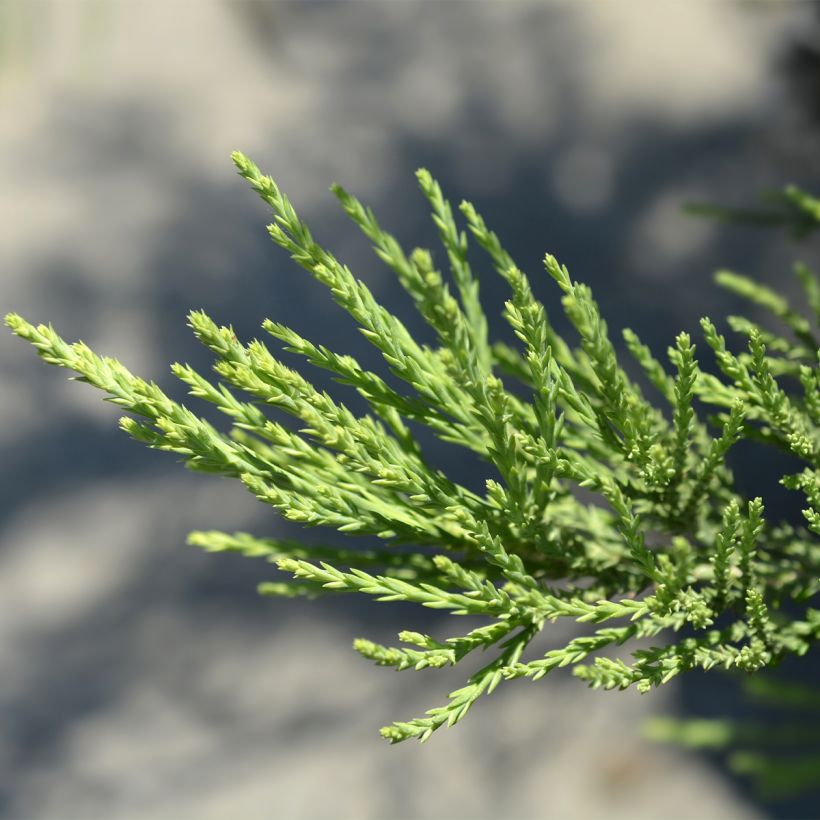

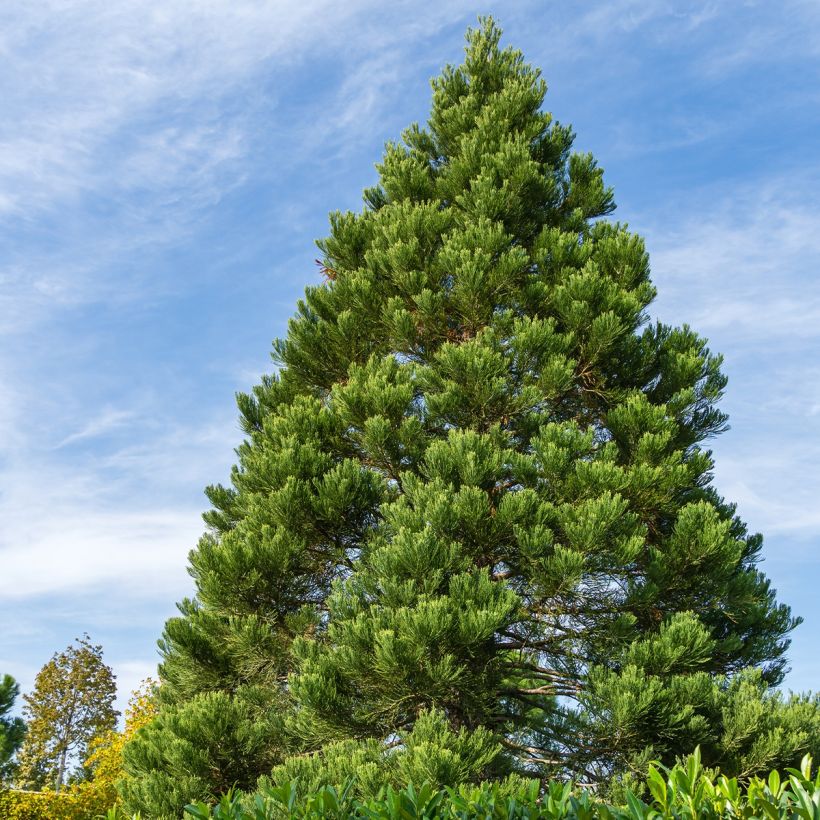

Plant habit
Foliage
Botanical data
Sequoiadendron
giganteum
Greenpeace
Taxodiaceae
Giant Sequoia, Giant Redwood, Sierra Redwood, Wellingtonia
Cultivar or hybrid
Other Sequoia
View all →Planting and care
The Sequoiadendron giganteum 'Greenpeace' should be planted from September to November and from February to April in deep, light, well-drained soil, close to neutrality, slightly limestone or slightly acidic, and relatively fertile. While it tolerates clay soils, it prefers loose and loamy or sandy soils, not limestone. Choose a sunny and well-cleared location, away from buildings, slightly more shaded in hot climates to provide some protection against heat during its young years.
Soak the root ball in a bucket of water until no more air bubbles rise to the surface. Dig a planting hole 60 x 60 cm (24in) wide and 70 cm (28in) deep and mix planting compost (optionally enriched with root stimulator) with the existing soil. Position the root ball in the hole (the surface of the root ball should be level with the existing soil), backfill and water generously. Add an organic base fertiliser to the plant and water thoroughly for the first three years and in case of prolonged drought. In poor soil, you can apply a special conifer fertiliser every 2 years in April. This hardy conifer (up to at least -25°C (1°F)) will not tolerate waterlogged, alkaline, or excessively dry soils in winter. However, it tolerates occasional summer drought once well established. Pruning is not necessary or desirable, so choosing a clear location from the start is essential to allow unrestricted growth.
Planting period
Intended location
Care
Planting & care advice
This item has not been reviewed yet - be the first to leave a review about it.
Similar products
Haven't found what you were looking for?
Hardiness is the lowest winter temperature a plant can endure without suffering serious damage or even dying. However, hardiness is affected by location (a sheltered area, such as a patio), protection (winter cover) and soil type (hardiness is improved by well-drained soil).

Photo Sharing Terms & Conditions
In order to encourage gardeners to interact and share their experiences, Promesse de fleurs offers various media enabling content to be uploaded onto its Site - in particular via the ‘Photo sharing’ module.
The User agrees to refrain from:
- Posting any content that is illegal, prejudicial, insulting, racist, inciteful to hatred, revisionist, contrary to public decency, that infringes on privacy or on the privacy rights of third parties, in particular the publicity rights of persons and goods, intellectual property rights, or the right to privacy.
- Submitting content on behalf of a third party;
- Impersonate the identity of a third party and/or publish any personal information about a third party;
In general, the User undertakes to refrain from any unethical behaviour.
All Content (in particular text, comments, files, images, photos, videos, creative works, etc.), which may be subject to property or intellectual property rights, image or other private rights, shall remain the property of the User, subject to the limited rights granted by the terms of the licence granted by Promesse de fleurs as stated below. Users are at liberty to publish or not to publish such Content on the Site, notably via the ‘Photo Sharing’ facility, and accept that this Content shall be made public and freely accessible, notably on the Internet.
Users further acknowledge, undertake to have ,and guarantee that they hold all necessary rights and permissions to publish such material on the Site, in particular with regard to the legislation in force pertaining to any privacy, property, intellectual property, image, or contractual rights, or rights of any other nature. By publishing such Content on the Site, Users acknowledge accepting full liability as publishers of the Content within the meaning of the law, and grant Promesse de fleurs, free of charge, an inclusive, worldwide licence for the said Content for the entire duration of its publication, including all reproduction, representation, up/downloading, displaying, performing, transmission, and storage rights.
Users also grant permission for their name to be linked to the Content and accept that this link may not always be made available.
By engaging in posting material, Users consent to their Content becoming automatically accessible on the Internet, in particular on other sites and/or blogs and/or web pages of the Promesse de fleurs site, including in particular social pages and the Promesse de fleurs catalogue.
Users may secure the removal of entrusted content free of charge by issuing a simple request via our contact form.
The flowering period indicated on our website applies to countries and regions located in USDA zone 8 (France, the United Kingdom, Ireland, the Netherlands, etc.)
It will vary according to where you live:
- In zones 9 to 10 (Italy, Spain, Greece, etc.), flowering will occur about 2 to 4 weeks earlier.
- In zones 6 to 7 (Germany, Poland, Slovenia, and lower mountainous regions), flowering will be delayed by 2 to 3 weeks.
- In zone 5 (Central Europe, Scandinavia), blooming will be delayed by 3 to 5 weeks.
In temperate climates, pruning of spring-flowering shrubs (forsythia, spireas, etc.) should be done just after flowering.
Pruning of summer-flowering shrubs (Indian Lilac, Perovskia, etc.) can be done in winter or spring.
In cold regions as well as with frost-sensitive plants, avoid pruning too early when severe frosts may still occur.
The planting period indicated on our website applies to countries and regions located in USDA zone 8 (France, United Kingdom, Ireland, Netherlands).
It will vary according to where you live:
- In Mediterranean zones (Marseille, Madrid, Milan, etc.), autumn and winter are the best planting periods.
- In continental zones (Strasbourg, Munich, Vienna, etc.), delay planting by 2 to 3 weeks in spring and bring it forward by 2 to 4 weeks in autumn.
- In mountainous regions (the Alps, Pyrenees, Carpathians, etc.), it is best to plant in late spring (May-June) or late summer (August-September).
The harvesting period indicated on our website applies to countries and regions in USDA zone 8 (France, England, Ireland, the Netherlands).
In colder areas (Scandinavia, Poland, Austria...) fruit and vegetable harvests are likely to be delayed by 3-4 weeks.
In warmer areas (Italy, Spain, Greece, etc.), harvesting will probably take place earlier, depending on weather conditions.
The sowing periods indicated on our website apply to countries and regions within USDA Zone 8 (France, UK, Ireland, Netherlands).
In colder areas (Scandinavia, Poland, Austria...), delay any outdoor sowing by 3-4 weeks, or sow under glass.
In warmer climes (Italy, Spain, Greece, etc.), bring outdoor sowing forward by a few weeks.






























